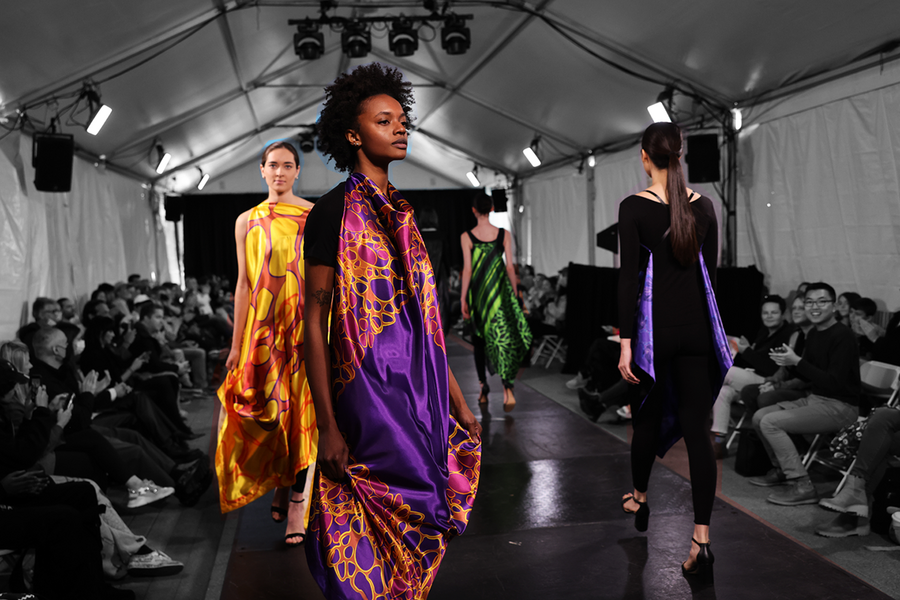Pittsburgh, a city that balances deep-rooted traditions with a forward-looking spirit, finds itself at the heart of an emerging conversation transforming the fashion industry. De-gendered dressing rooms, designed to create inclusive spaces for all shoppers regardless of gender identity, are becoming a prevalent topic. Yet, they raise questions and spark debates among retailers, consumers, and advocates alike.
Here’s a closer look at de-gendered dressing rooms, their benefits, challenges, and why this shift resonates with Pittsburgh’s cultural evolution.
What Are De-Gendered Dressing Rooms?
De-gendered dressing rooms are fitting spaces designed to be open and welcoming to anyone, regardless of their gender identity. This concept eliminates the traditional men’s and women’s sections, replacing them with communal or private options where everyone can try on clothes without judgment or restriction.
For shoppers who identify as nonbinary, transgender, or gender non-conforming, traditional dressing rooms can often feel alienating. Instead, de-gendered spaces aim to create a more inclusive and affirming retail experience.
Why Pittsburgh Is Talking About It
Pittsburgh’s cultural identity is multifaceted. On the one hand, the city holds on to its traditional values, deeply rooted in its industrial heritage. On the other, it’s experiencing progressive shifts, thanks to its growing tech scene, thriving arts community, and diverse student population from renowned institutions like Carnegie Mellon University.
This duality makes Pittsburgh an intriguing battleground for ideas like de-gendered dressing rooms. While some see them as a necessary step toward inclusivity in a modern, multicultural society, others view them as potentially disruptive to established norms.
The Benefits of De-Gendered Dressing Rooms
- Inclusivity
For many shoppers, especially those from the LGBTQ+ community, traditional dressing rooms can be a source of anxiety or discomfort. De-gendered dressing rooms remove this barrier, ensuring every customer feels welcomed and respected.
Creating such an environment aligns with Pittsburgh’s progressive push for equity across its various communities. Inclusivity fosters loyalty, and customers are more likely to return to stores where their identities are recognized.
- Practicality
De-gendered dressing rooms simplify store layouts. Retailers can focus on designing a cohesive, streamlined shopping area instead of maintaining separate sections. This approach also maximizes space efficiency, an appealing factor for small Pittsburgh boutiques.
Additionally, communal or inclusive spaces are aligned with emerging trends in minimalist and sustainable retail. By reducing the footprint and associated infrastructure, de-gendered dressing rooms contribute to eco-conscious design.

- Challenging Stereotypes
Fashion is evolving beyond rigid gender norms, with many brands offering unisex or gender-fluid collections. De-gendered dressing rooms complement this shift, providing a space where individuals can explore personal style freely. By normalizing this setup, Pittsburgh retailers can become part of the broader cultural push toward self-expression.
The Challenges
- Privacy Concerns
Privacy is one of the primary objections raised by critics of de-gendered dressing rooms. Shoppers used to traditional setups may feel uncomfortable sharing spaces with people of all genders, particularly when it comes to undressing.
To address this, stores can implement a hybrid model where private cabins are available within the de-gendered space. This balance ensures inclusivity without compromising privacy.
- Resistance to Change
Pittsburgh, like many cities undergoing cultural shifts, includes populations that are hesitant to adopt progressive changes quickly. Concerns about “changing too much too fast” remain prevalent, particularly among those who see traditional norms as integral to their community’s identity.
Retailers introducing de-gendered dressing rooms in Pittsburgh must approach these transitions carefully, educating their customer base and communicating the reasoning behind their choices.
- Architectural Limitations
For many smaller stores or vintage shops in Pittsburgh, reconfiguring dressing spaces might be a logistical and financial challenge. Older building layouts may not easily accommodate communal or redesigned dressing areas.
Final Thoughts
The debate over de-gendered dressing rooms isn’t just about fashion; it’s about how society evolves to accommodate and celebrate diverse identities. For Pittsburgh, a city balancing tradition with innovation, this discussion reflects broader efforts to build more inclusive spaces.
While there are logistical and cultural challenges, the potential to redefine how we shop and express ourselves is a powerful incentive. Whether de-gendered dressing rooms become the new standard or serve as one of several options, the conversation itself marks a step forward in fostering awareness and inclusivity.
Pittsburgh’s ability to bridge its cherished history with progressive ideals might just make it a leader in shaping this evolving fashion landscape.




